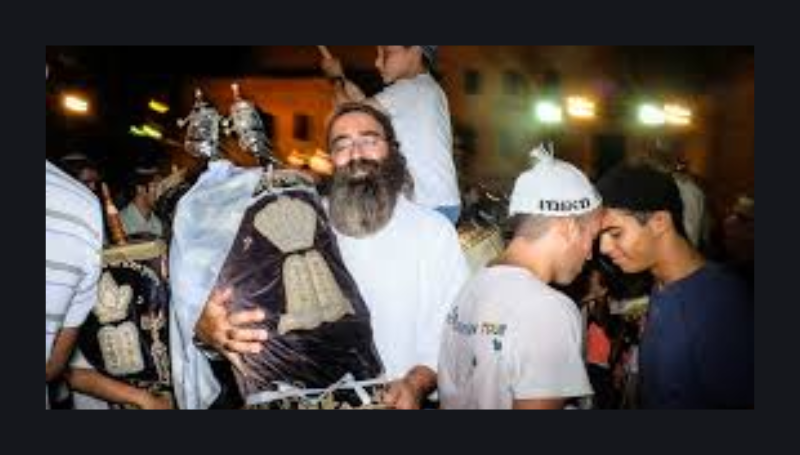Shlomo M. Brody
Tablet, Oct. 15, 2014
“Another distinctive element of Simhat Torah is that in addition to reading the day’s Torah portion and its maftir, we take out a third Torah scroll to begin the reading of Genesis.”
Simchat Torah is an anomaly on the Jewish calendar. The festival, which celebrates the completion of the yearly cycle of public Torah reading, doesn’t appear in the Bible or even the Talmud. The holiday that does appear in biblical texts on this date is Shemini Atzeret, a one-day festival that immediately follows Sukkot and completes the holiday season. Yet over the last millennium, Simchat Torah has become one of the most beloved holidays of the Jewish year—and in some ways overshadows the other holiday with which it shares a date.
The Talmud deems it unfathomable that the Jews had a period without public Torah reading. It asserts that Moses established public reading of the Torah on Shabbat mornings and on the festivals, with Ezra subsequently adding readings on Mondays, Thursdays, and Shabbat afternoons. Based on passages in Philo and in the Talmud, Professor Yitzhak Gilat has suggested that these ancient readings followed no set order; rather, they were chosen based on timely topics and on the local sage’s inclinations.
… [To read the full article, click here]


